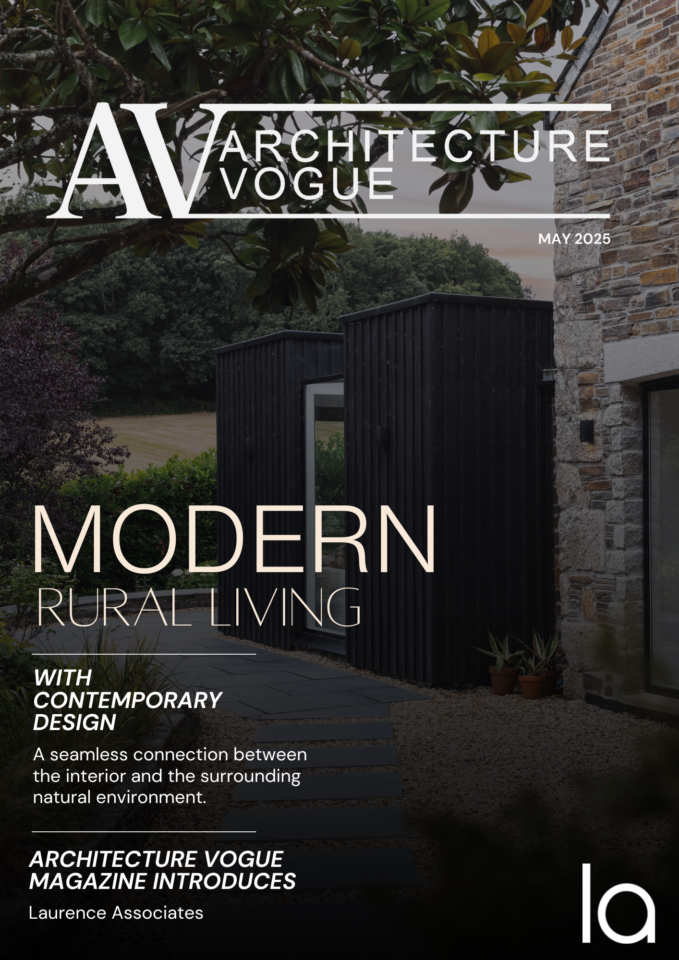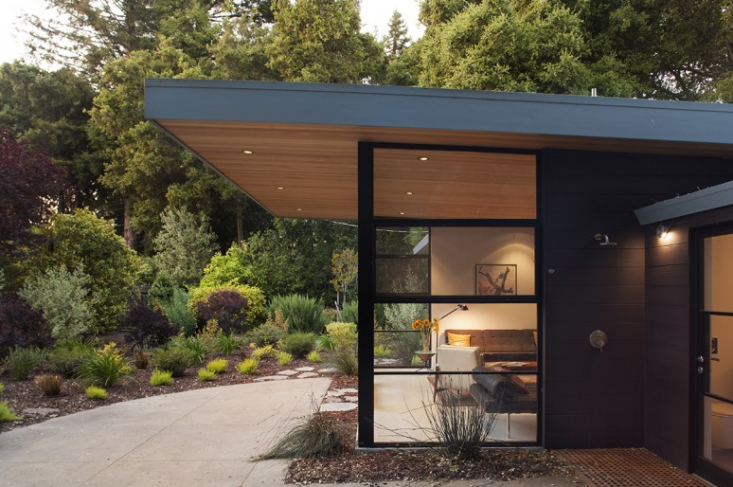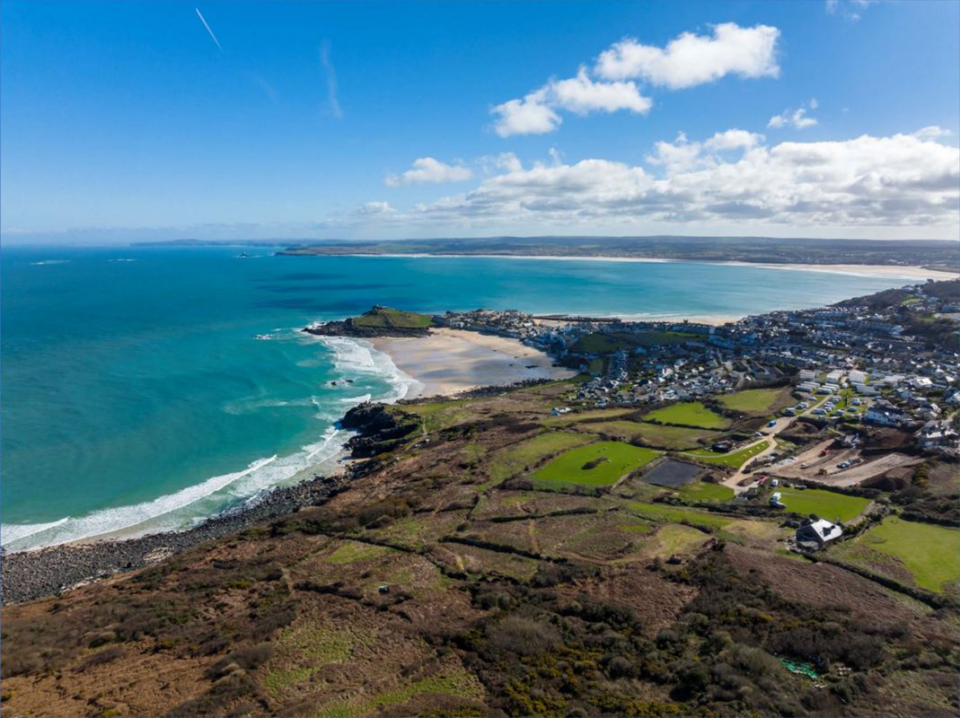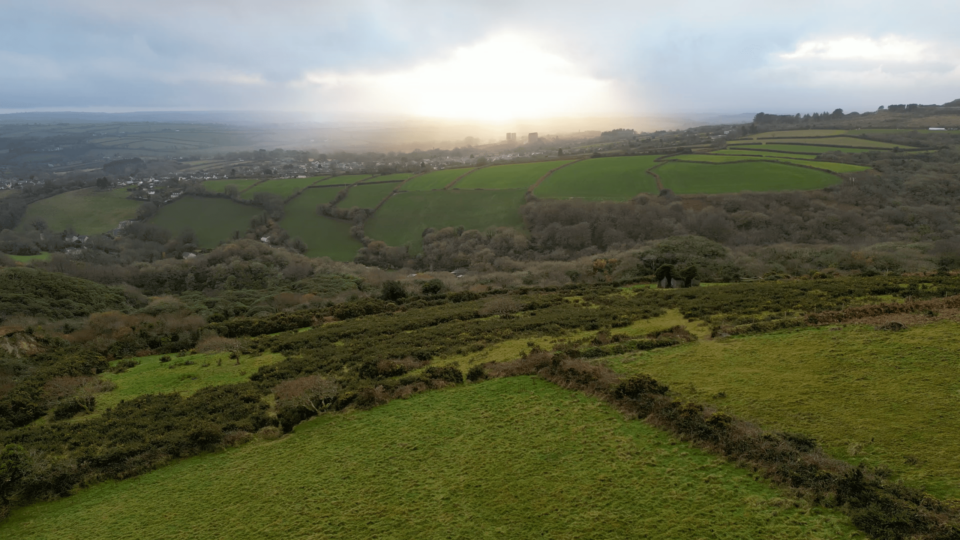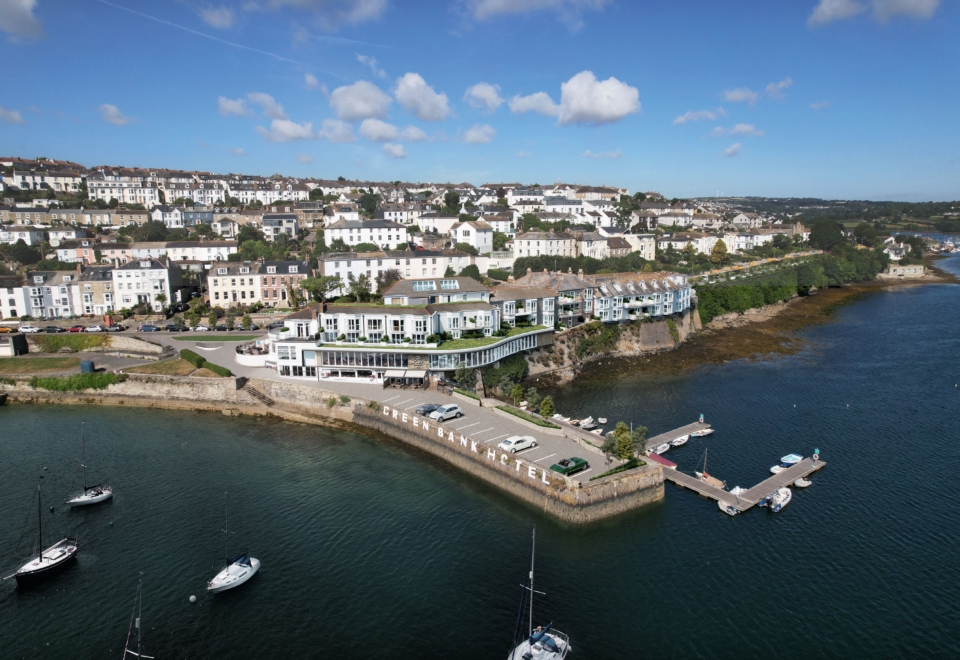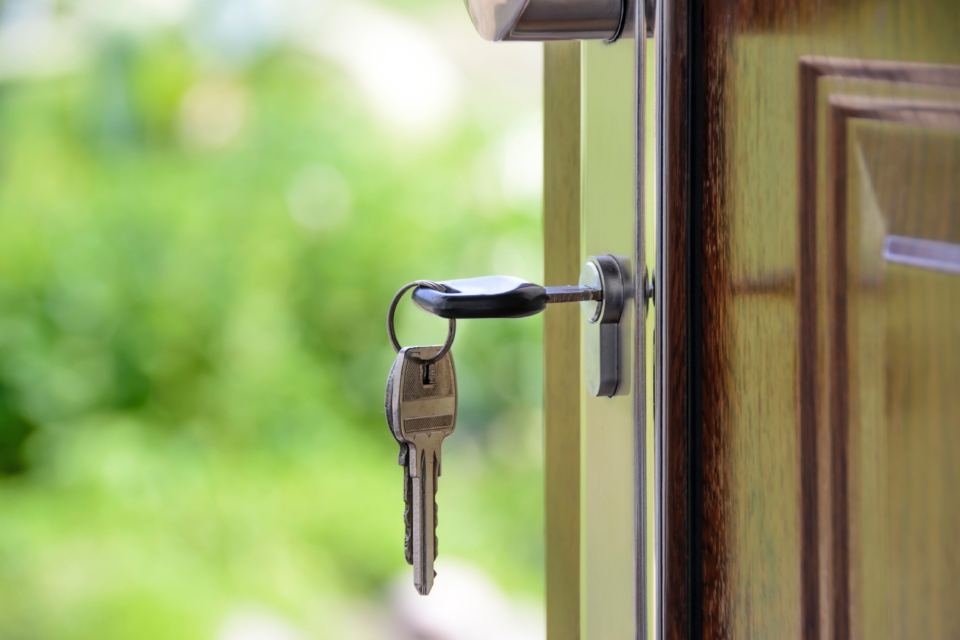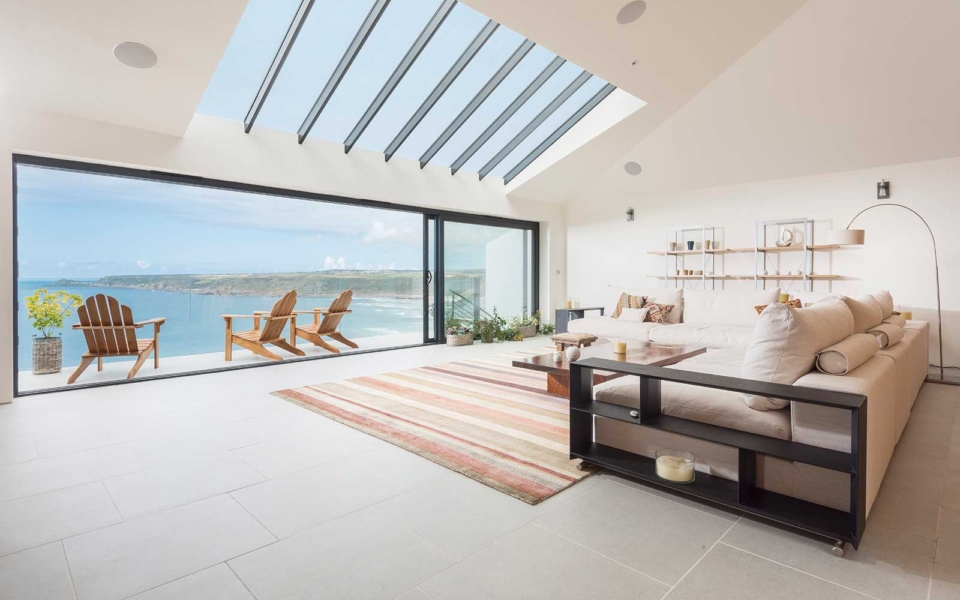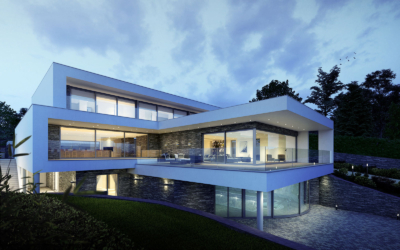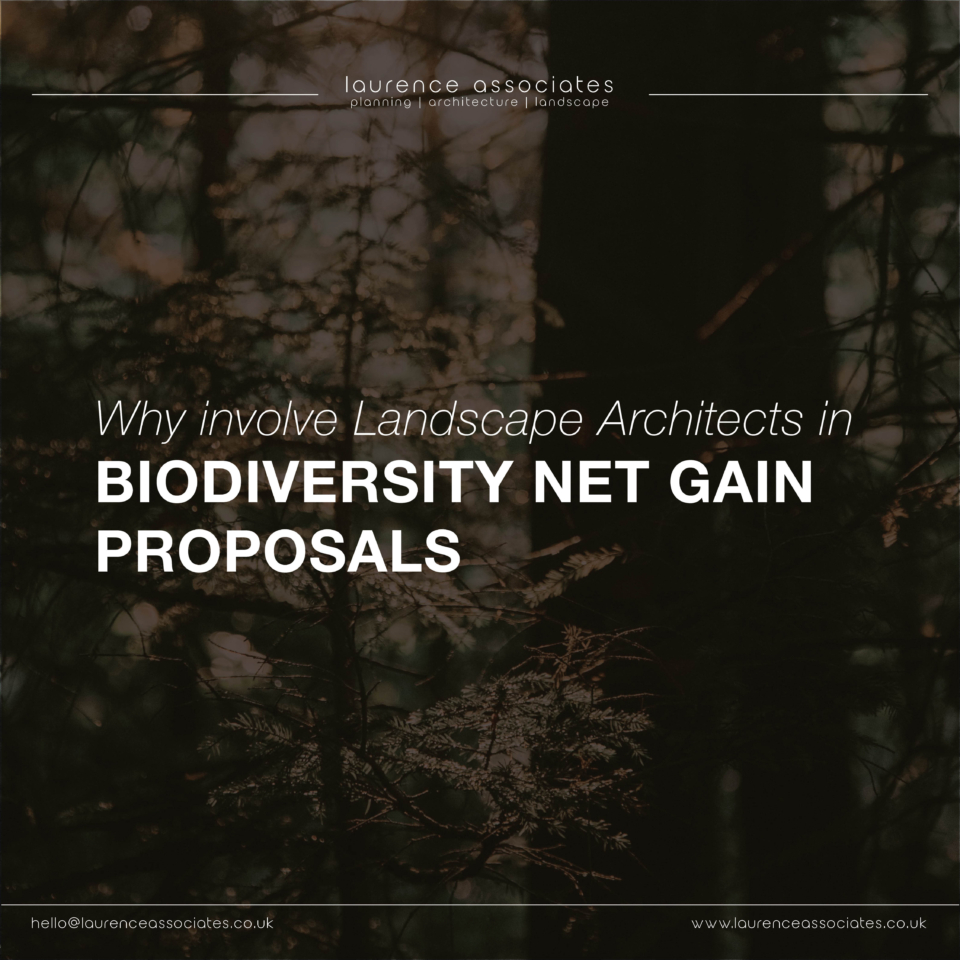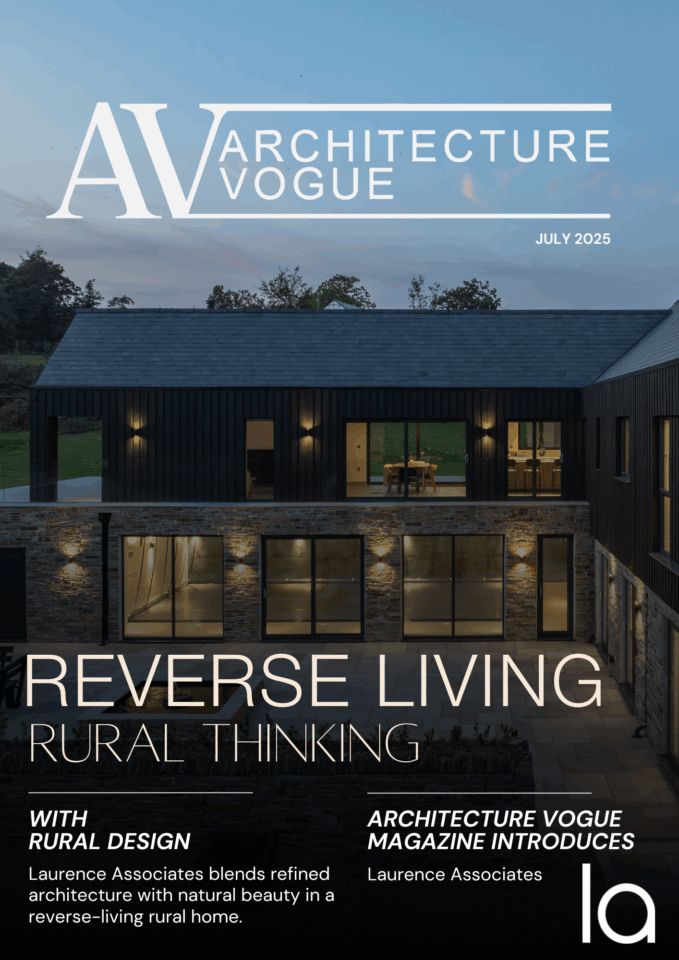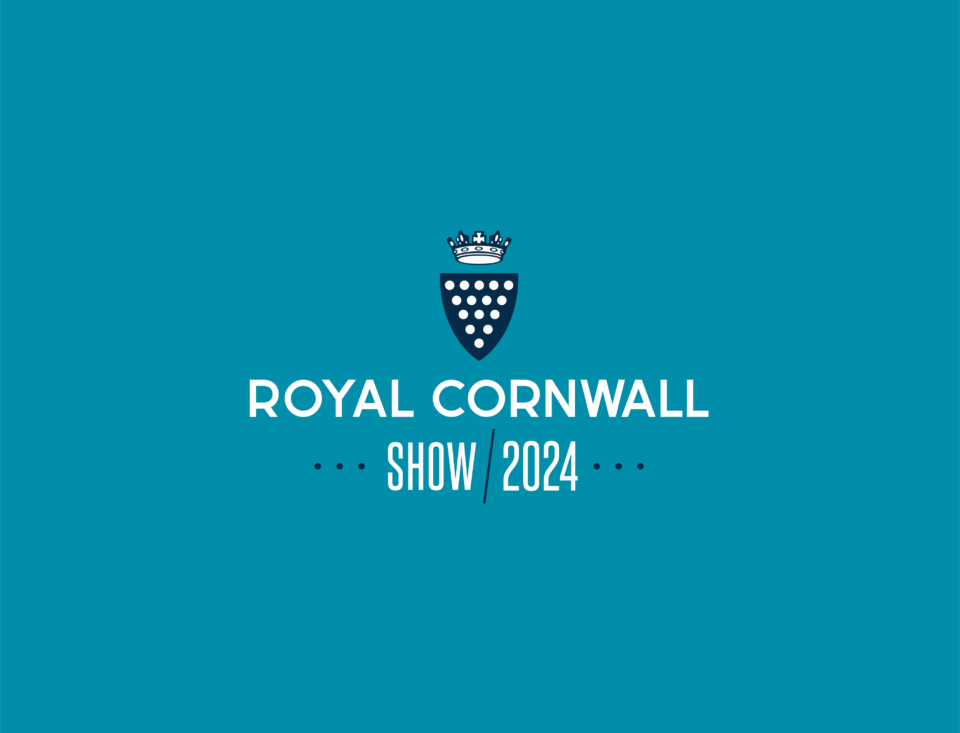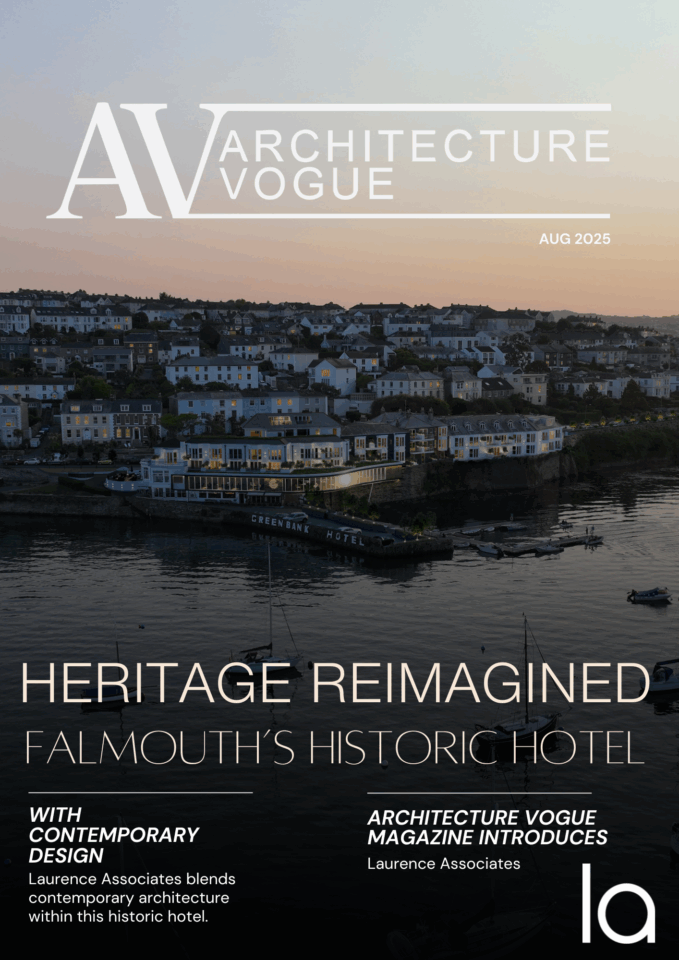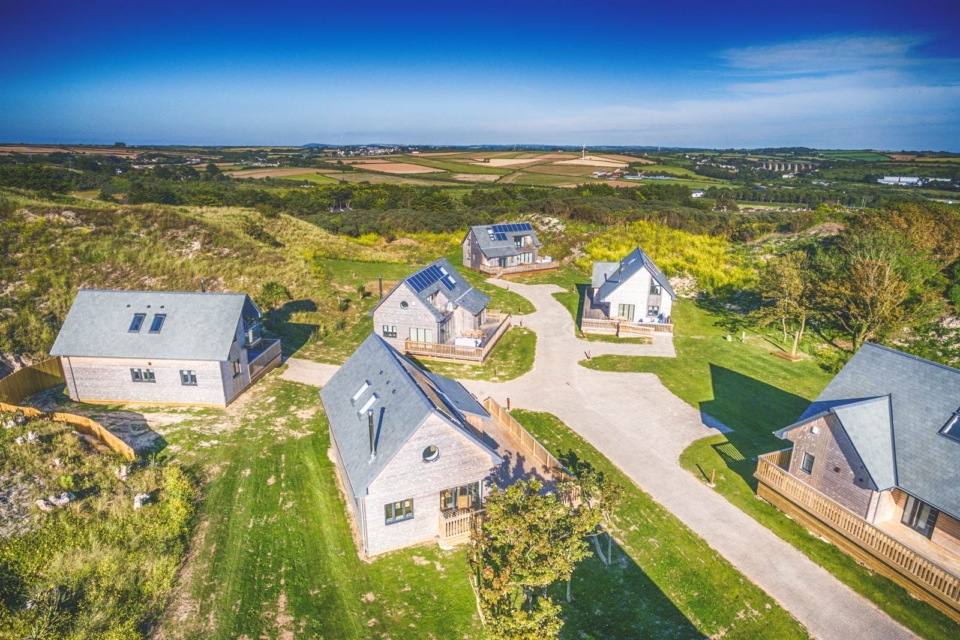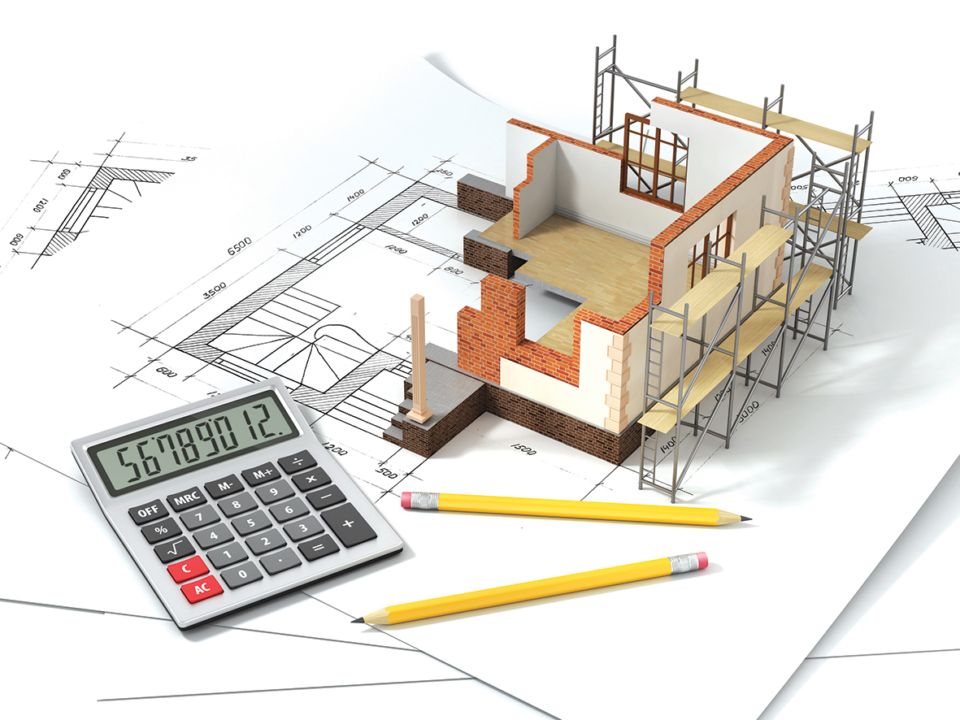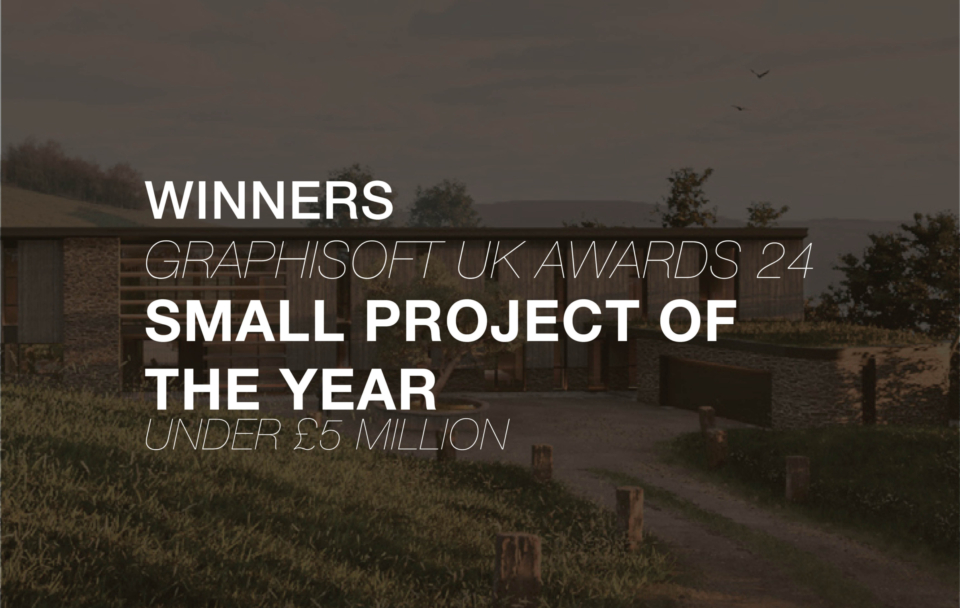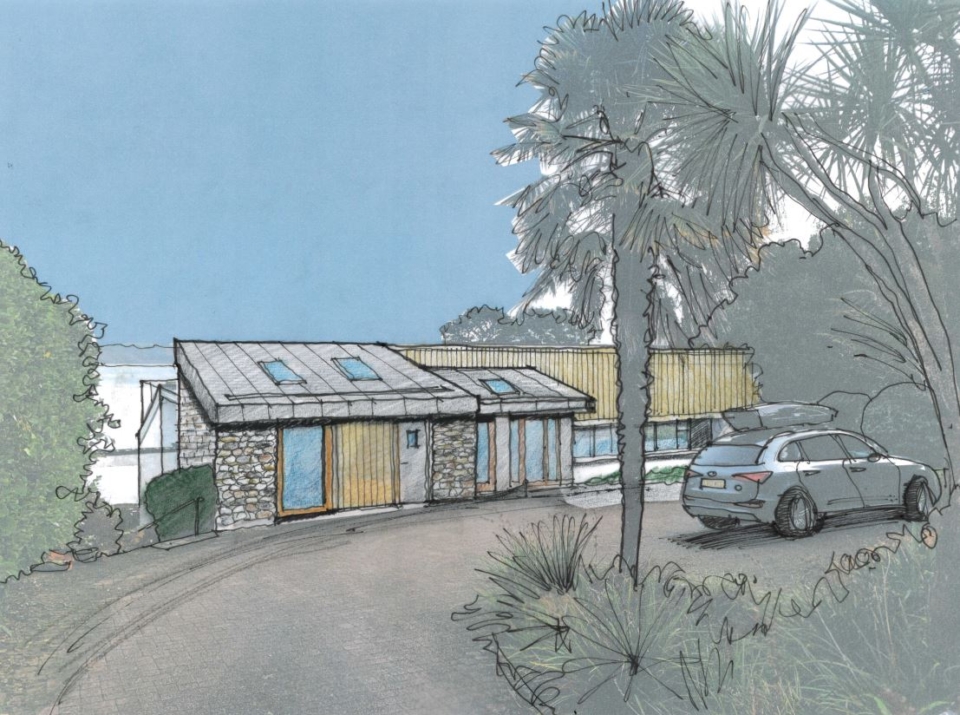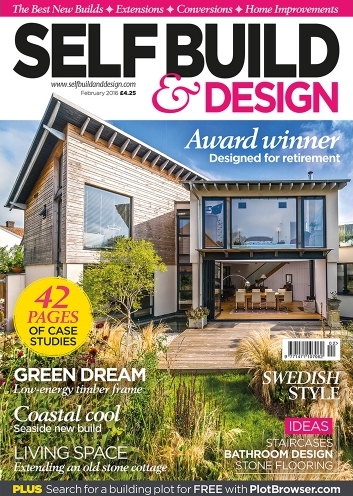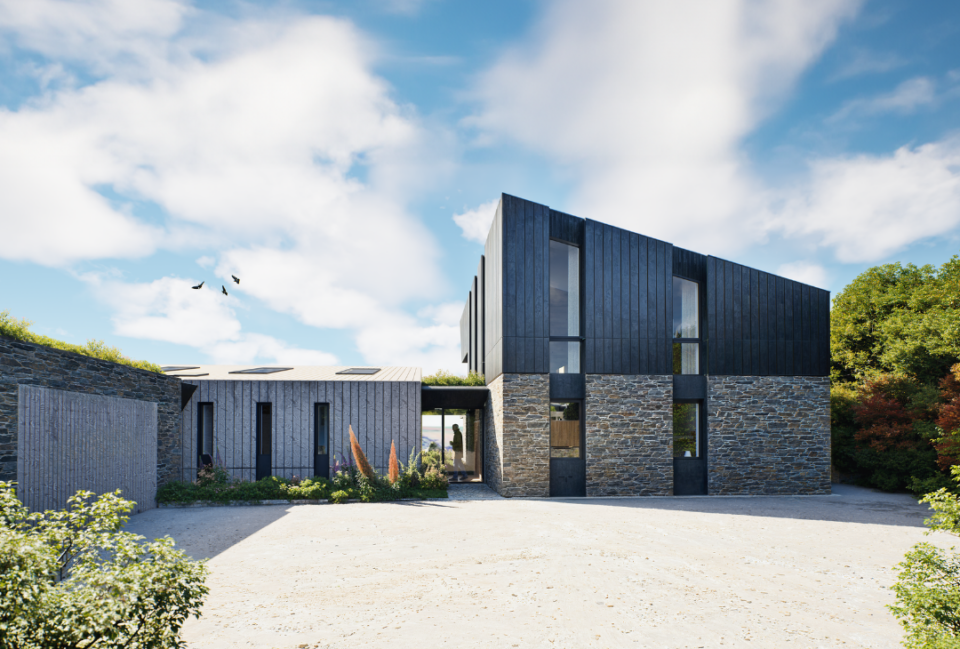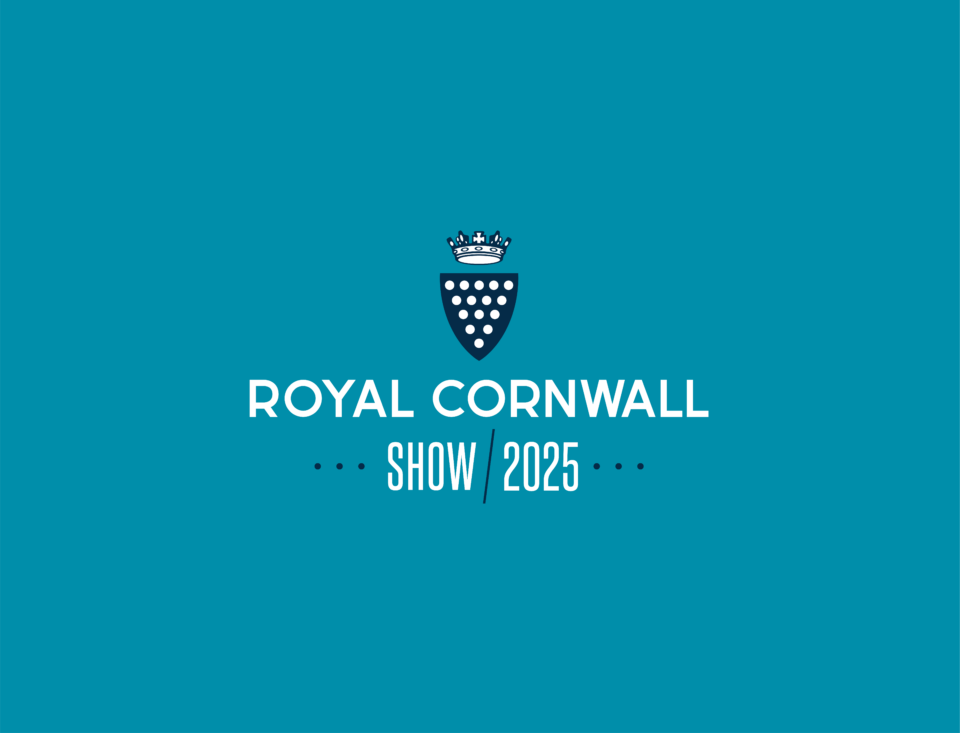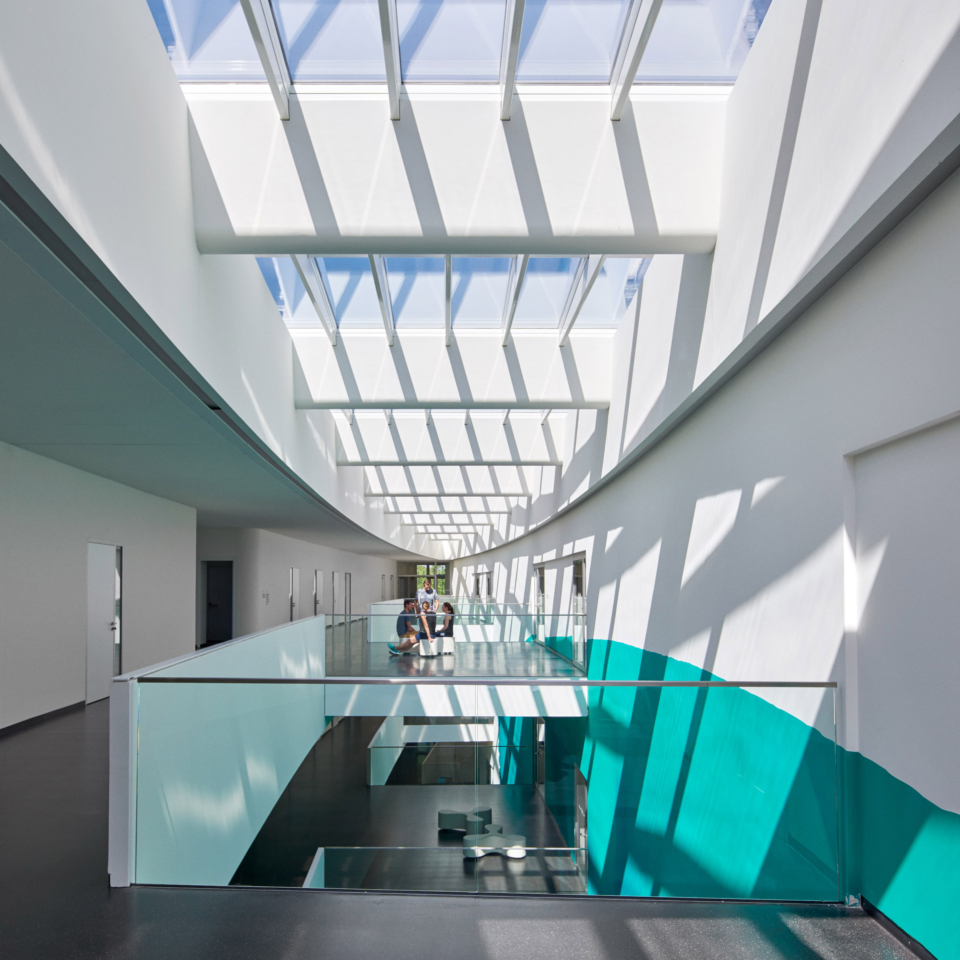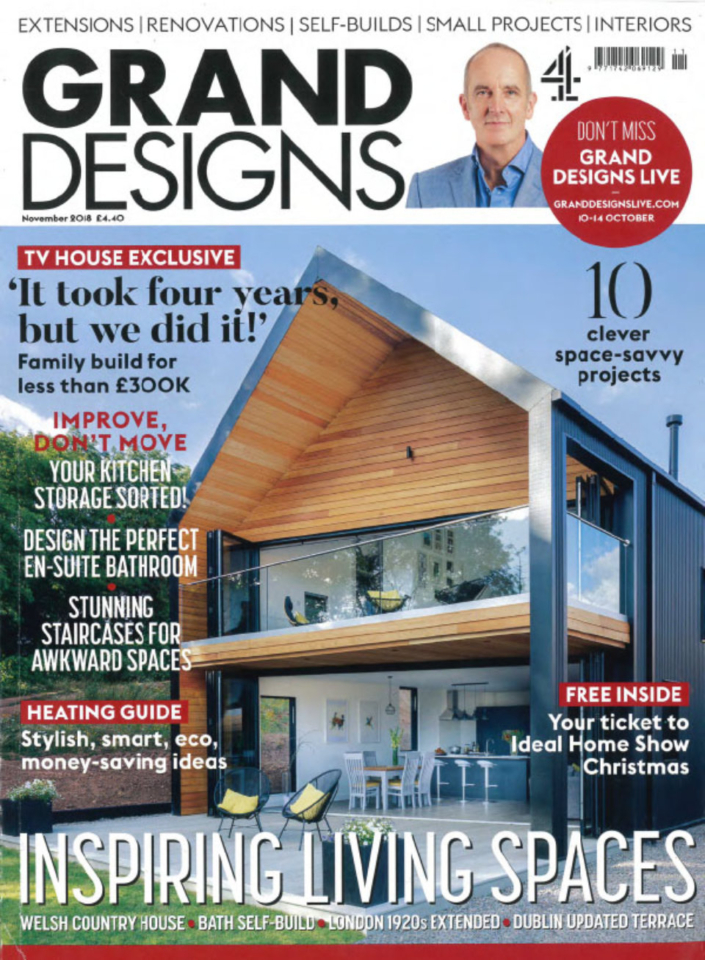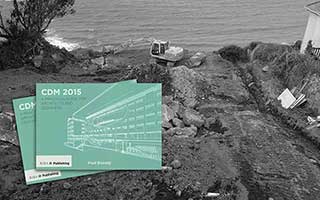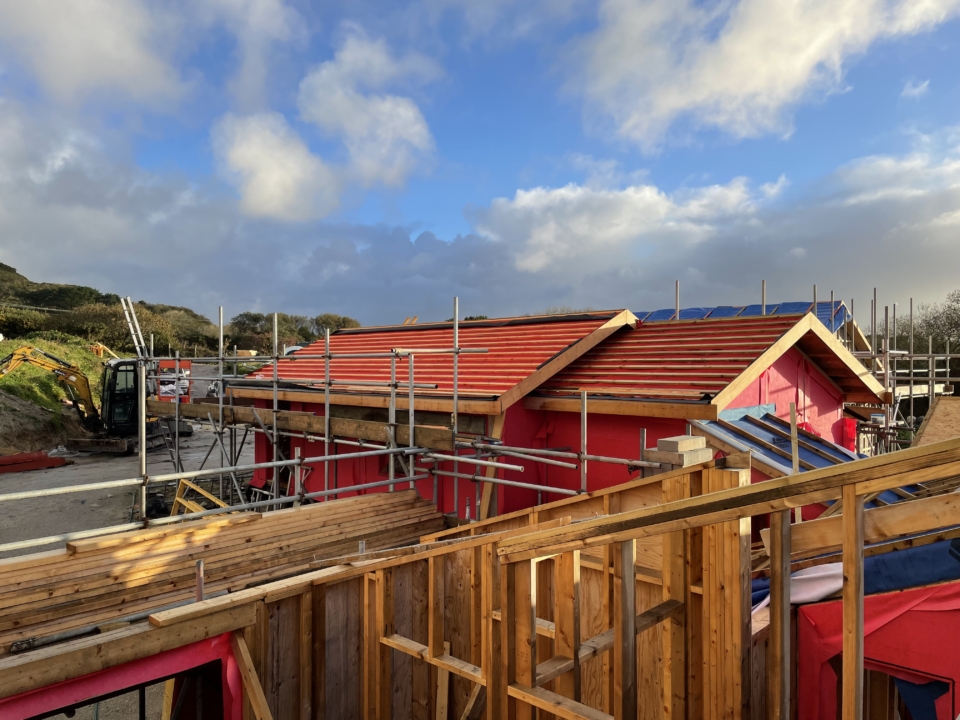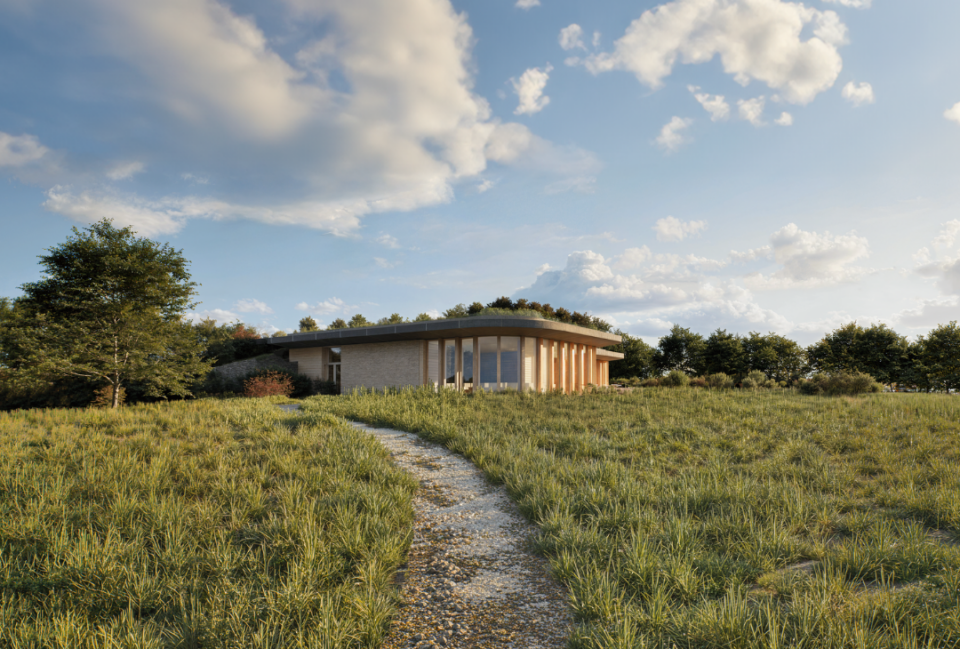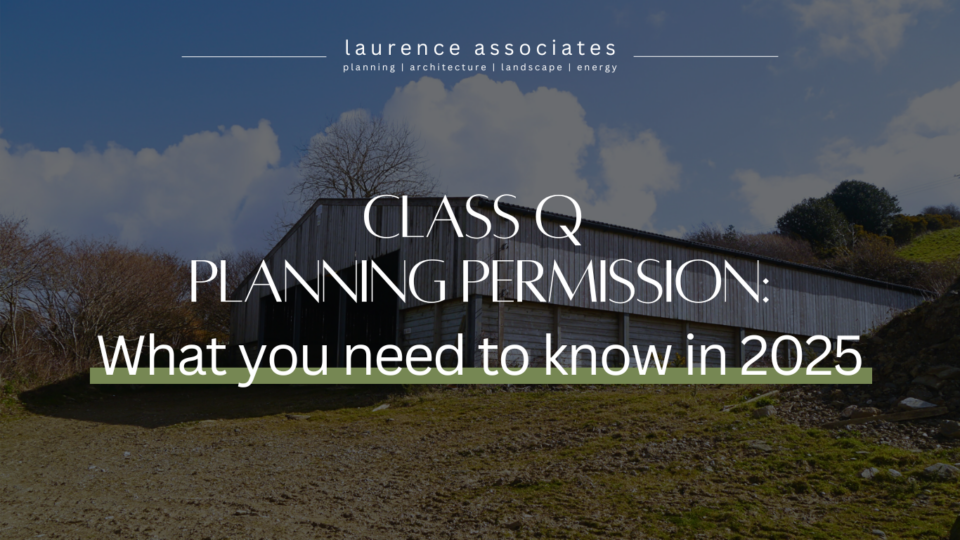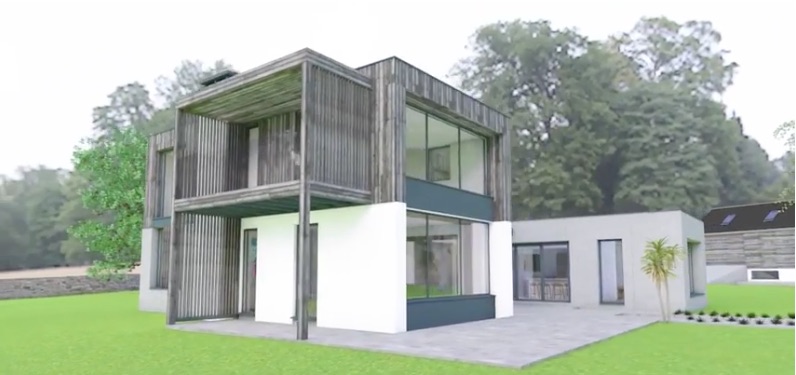Why involve Landscape Architects in Biodiversity Net Gain Proposals
Landscape Led Designing
The Landscape Institute Royal Charter states that as Landscape Architects (landscape professionals) we are required to ‘protect, conserve and enhance the natural and built environment for the benefit of the public’.
This statement has been widely debated and balancing natural and built development has been challenged on many occasions.
Biodiversity net Gain (BNG) however pushes the scales in nature’s favour, by ensuring that the development proposal brings more, (minimum 10% increase) and/or better-quality natural habitats compared to what was there before. This has to result in a ‘measurably better state’ of wildlife and habitats compared to how they were before the development.
Designing or Biodiversity Metric or Designing for people
Although BNG seems to be a predominately ecologists’ domain, it actually could be led by Landscape Architects. Experience shows, that if we blindly follow ‘designing by metric’ to achieve BNG, we lose the purpose of designing, which is creating places for people and nature.
Good quality design that responds to BNG requirements is where people’s needs are met and yet biodiversity is enhanced. This is why the landscape architects place should be at the very beginning of this process. Although landscape architects do not have such depth of specialist knowledge as ecologists, thanks to GIS database, we are able to gather key baseline information such as priority habitats, ecological and landscape designations and local planning policies, e.g., green infrastructure.
Combining the BNG calculation with the environmental opportunities and constraints and the characteristics of the proposed development, we can produce the best design solutions that not only respond to BNG but also fits within the wider landscape setting, providing necessary mitigation and enhancements which are not only ecological but also landscape and visual. The outcome is a positive balance of aesthetics and function, creating places for people, which respond to their needs.
It means that we design taking into account not only how the proposed habitats work for wildlife, but also how people use them and how they relate to the particular type of development.
Working with Small Site Metric
But Landscape Architects are there not only to inform the project with necessary baseline and come up with the high quality design. We can run BMG calculations for the small site metric (SSM).
SSM can be used on residential developments where the number of dwellings is between 1 and 9 on a site of an area 1 ha or less, or if the number of dwellings is unknown, the site area is less than 0.5ha. Also, on commercial development where floor space created is less than 1,000m2 or total site area is less than 1 ha, development that is not the winning and working of minerals or the use of land for mineral-working deposits, development that is not waste development.
The SSM can not be used if there are priority habitats, protected sites or European protected species.


